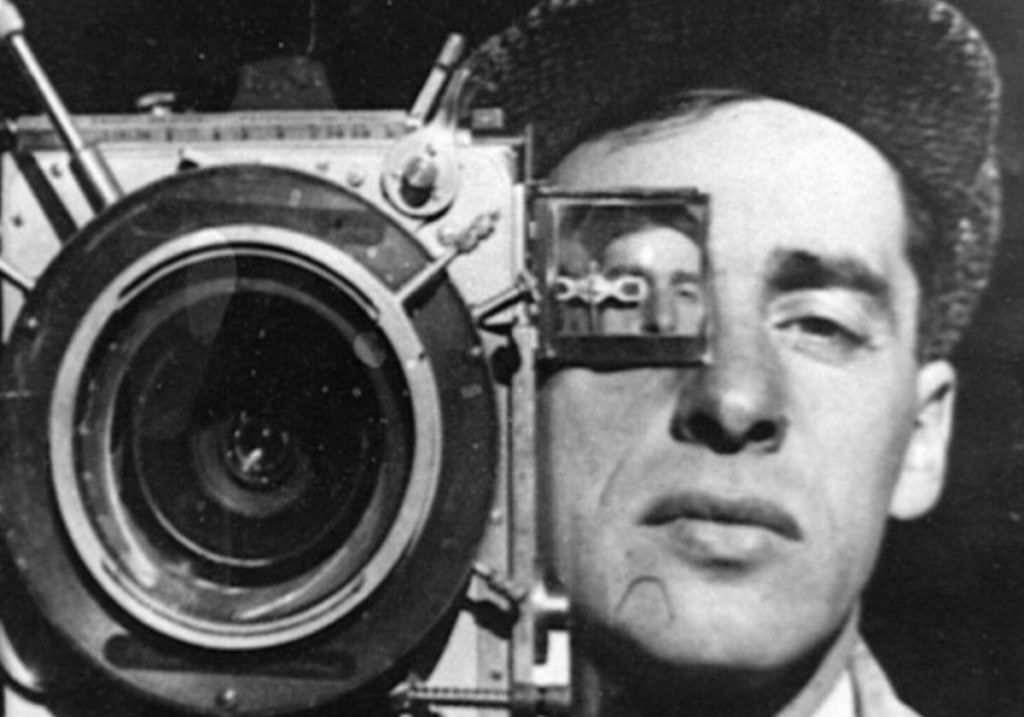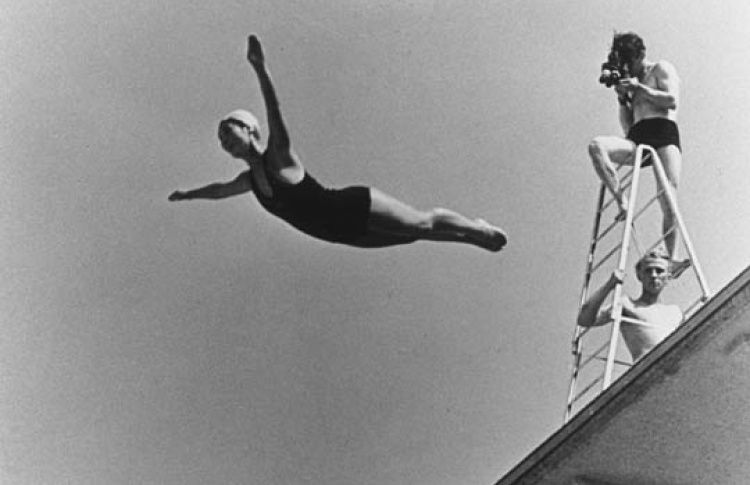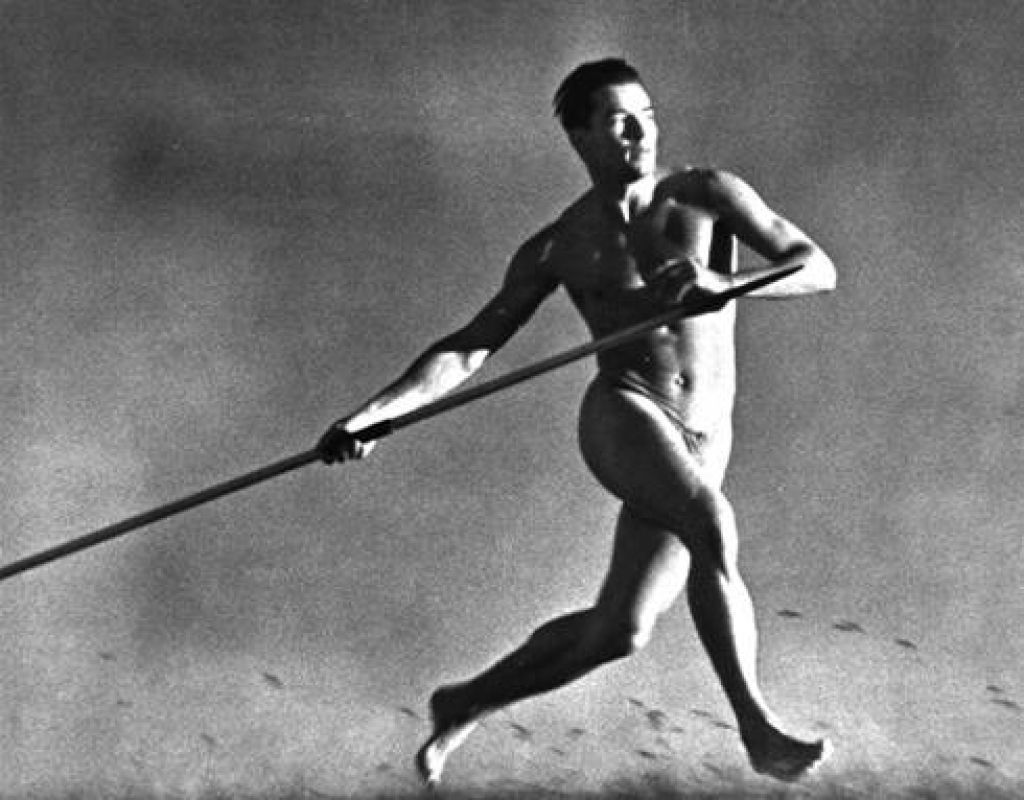A brief look at the nature of propaganda
What do we know about propaganda? Certainly, we are used to consider it in a negative way... But have you ever wondered how propagandists use cinema to their advantage? Well, Filmustage will try to examine this topic.


What do we know about propaganda? Probably with the first association comes the experience of history in the form of totalitarian states, which is not surprisingly. However, it is worth noting that the phenomenon of propaganda is not only peculiar to hermit states, but also to civilised, democratic countries, as etymologically propaganda means "to spread information". Nevertheless, in the contemporary reality the existence of propaganda cannot be questioned. On the contrary, one has to wonder what is dissemination of information and what is a manipulation of public consciousness. Today Filmustage will try to examine the history and manipulative methods of propaganda and to reveal the role of cinema in this.
Art by @nadi_bulochka
Before we start, we have the opportunity to clearly see the results of propaganda. Mass disinformation and manipulation have made this terrible war possible and the video we are showing you proves it. The town of Bucha, which is in the Kyiv region, was right in the middle of the madness. All the terrible secrets only came to light after Ukrainian troops liberated and entered the town on 1 April.
Not dozens but hundreds of civilians were killed and tortured to death by the occupying army of the Russian Federation. Not surprisingly, as befits a totalitarian regime, the Kremlin denies all direct evidence and calls war crimes a fabrication and staging. Yet this is exactly the face of the Russian "piece": murder, rape, looting and torture. The people, so-called "journalists" in Russia, who is behind the propaganda are no less responsible than the generals who give the orders. This is why our dear friend went to Bucha to reveal the truth and the terrible results of mass manipulation.
All official information, as well as donation opportunities, can be found at the link (click here). Let's help Ukraine together.
The origins of propaganda in cinema
Since its inception, cinema has become a mean of creating illusions. Namely, it's French artist, Georges Méliès, was the first to recognise the "magical" power of cinema. Nevertheless, his films cannot be called propaganda, because their nature was to create magic on the screen and make the viewer believe in all the incredible effects. Méliès is certainly a master manipulator, but more in the sense of an illusionist, magician and inventor.
By the way, check out our recent blog on the evolution of special effects in cinema, where we took a closer look at the legacy of Georges Méliès.
20 years later. The pioneers of propaganda, however, were the Soviet filmmakers. At the end of the silent era, in the second half of the 1920s, Sergei Eisenstein and Dziga Vertov simultaneously developed practical techniques of editing and shooting, whose legacy is difficult to overestimate, because filmmakers still follow their theories. Sympathetic to the idea of revolution, Eisenstein and Vertov made some of the greatest films, as well as iconic examples of cinematic propaganda.


In 1925 Sergei Eisenstein released the feature film "Battleship Potemkin", which was partly an implementation of the Soviet director's theories, namely the theory of montage of attractions. According to Eisenstein, editing is "the nerve of cinema", i.e. it is the combination of shots with music that makes "Battleship Potemkin" a revolutionary film.
Dziga Vertov, on the other hand, did not believe in fiction films and believed only in documentaries. His film "Man with a Movie Camera" (1929) combined a lot of techniques and methods which are still used today. He believed that a film truth could capture anything and anywhere, so in an attempt to create a futuristic and utopian image of the Soviet Union he invented many techniques: double exposure, fast motion, slow motion, freeze frames, jump cuts, split screens, extreme angles, extreme close-ups, tracking shots, backwards played footage, stop motion, etc.
Thus, at its dawn, cinema was already seen as a tool for manipulating and controlling mass consciousness. But what happened next? Let's find out.
The golden era of propaganda
In the first half of the 20th century, a number of totalitarian regimes emerged in Europe that used propaganda through cinema to promote certain ideas. Leni Riefenstahl, for example, is one of the major propaganda voices of the 30s. Her documentaries "Triumph of the Will" and the "Olympia" dilogy are propaganda for the ideas of the leading party in Germany.
These films were commissioned directly by the government to change the public perception of the political arena of the 30s and to impose a certain social, political, cultural and even historical order.



Unfortunately, it was the totalitarian regimes that were the first to realise the power of cinema as a tool to manipulate the masses, which is why, for example, the Third Reich had a propaganda ministry that kept complete control of all film production in Germany.
Nevertheless, it is incorrect to claim that film propaganda is characteristic only of totalitarian regimes. Hollywood embraced counter-propaganda a little later, but still. Proof of this is the emergence of institutions which controlled and censored cinema in order to impose certain ideas. These government agencies were The Bureau of Motion Pictures (BMP) and The Office of War Information (OWI). They have produced dozens of films which promote the idea of the United States entering a second World War.
Exactly the same principles of propaganda appeared in films during the Vietnam War and the Cold War, as well as during the Soviet invasion of Afghanistan.
Can cinema escape propaganda?
The historical context has forever changed our perception of propaganda: the word now evokes only negative connotations. At the same time, it is worth acknowledging that propaganda is an integral part of art and contemporary cinema in particular. However, we would like to recall those films that express the freedom of cinema and manifest art. For example, the humanist remarks of Steven Spielberg - "Saving Private Ryan" (1998), "Schindler's List" (1993); or we can think of the German Expressionist cinema of 1920-1925, which was a disturbing expression of the growing social tension and also of the growth of radical attitudes in German society - "The Cabinet of Dr. Caligari" (1920), "Nosferatu: A Symphony of Horror" (1922), "The Golem: How He Came into the World" (1922). And of course we should mention the satirical films of Charlie Chaplin who produced one of his most acclaimed films, "The Great Dictator" (1940) - which is generally considered to be an American propaganda piece, but is still a product of the humanistic message of Charlie Chaplin himself: he completely produced it.
Fortunately, these are just a few examples of filmmakers using the power of cinema to speak out. It just goes to show that art is above limits and that true artists will always find ways of telling their stories, weather it is fiction or documentary. Now it is the time to follow their example and look for opportunities to express your voice!
"The first victim of war is the truth. So we believe and even urge all filmmakers, screenwriters, producers and everyone else to direct their attention to saving the truth. Art could not end war, but only the truth that can be conveyed through cinema will save from war. Of course we all love to see beautiful, poetic, fiction movies, but now cinema must become a tool to deliver the truth. We ask you to become journalists, brave and sincere, because that is the only way we can portray reality as objectively as possible"
Filmustages' statement dated 28.02.2022
Take care of yourself.